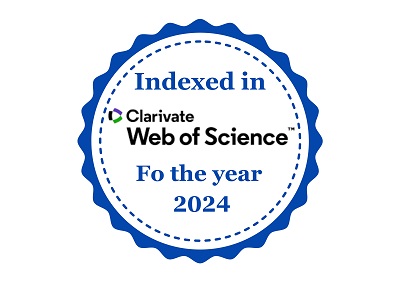Deep-Learning Based Crop Yield Prediction Model For Optimizing Agricultural Productivity And Food Security
DOI:
https://doi.org/10.61808/jsrt238Keywords:
Agricultural, CNN, Plant Leaf, Augmentation, AccuracyAbstract
Agricultural productivity is critical for ensuring food security and sustaining the growing global population. Accurate crop yield prediction enables better planning of agricultural resources, minimizes economic risk, and supports informed decision-making. This project proposes a deep learning-based model for crop yield prediction using a combination of environmental, soil, and remote sensing data. The system integrates key features such as temperature, rainfall, soil type, and vegetation indices (e.g., NDVI) to train a neural network capable of learning complex patterns in large datasets. Deep learning architectures like CNN is employed to model both temporal and spatial dependencies in agricultural data. The model undergoes extensive preprocessing, including normalization and feature extraction, to enhance prediction accuracy. The proposed system aims to assist farmers, researchers, and policymakers in estimating crop production with high reliability, thereby optimizing agricultural practices, reducing losses, and contributing to long-term food security. This approach demonstrates the potential of artificial intelligence in transforming traditional agriculture into a more predictive and efficient domain.











